NTSB: Autopilot Engaged at Time of Fatal Florida Tesla Crash

A fatal March collision between a Tesla and a semi trailer that bore a strong resemblance to a crash in the same state three year earlier was more similar than initially thought.
Following the March 1st collision between a Tesla Model 3 and a semi on US 441 in Delray Beach, Florida, in which the car underrode a trailer crossing the divided roadway, the National Transportation Safety Board went to work. A preliminary report is now out, confirming suspicions that, like the 2016 crash, the car was under the guidance of Tesla’s Autopilot driver-assist system at the time of the crash.
The NTSB report claims the semi trailer was pulling out of a driveway belonging to an agricultural facility, crossing the southbound lanes in order to make a left turn onto northbound US 441.
“According to surveillance video in the area and forward-facing video from the Tesla, the combination vehicle slowed as it crossed the southbound lanes, blocking the Tesla’s path,” the report states.
“The Tesla struck the left side of the semitrailer. The roof of the Tesla was sheared off as the vehicle underrode the semitrailer and continued south (figure 2). The Tesla came to a rest on the median, about 1,600 feet from where it struck the semitrailer. The 50-year-old male Tesla driver died as a result of the crash. The 45-year-old male driver of the combination vehicle was uninjured.”
According to crash investigators, the Tesla driver activated Autopilot — a combination of lane-holding and adaptive cruise control — “about” 10 seconds before the collision. The driver’s hands were off the steering wheel for the 8 seconds preceding the impact.
“Preliminary vehicle data show that the Tesla was traveling about 68 mph when it struck the semitrailer. Neither the preliminary data nor the videos indicate that the driver or the ADAS executed evasive maneuvers,” the report states.
The speed limit on that stretch of highway is 55 mph.
As in the May 2016 Florida crash that killed Joshua Brown, it seems the Tesla’s camera and non-LIDAR sensors did not pick up the trailer crossing the road directly in front of it. There are differences between the two crashes. The recent crash occurred at 6:17 a.m., some 27 minutes before sunrise. In the earlier crash, the Tesla impacted the semi trailer in broad daylight. As well, the NTSB determined that Brown had his hands on the wheel for just 25 seconds of the 37 minute trip, receiving numerous visual and audio warnings during that time.
It seems the Delray Beach driver was not in Autopilot mode long enough to receive the hands-on-wheel prompt. Regardless, it didn’t change the outcome.
The NTSB will continue collecting information on the crash. So too will the National Highway Traffic Safety Administration, which opened a probe into the collision almost immediately.
[Images: Tesla, NTSB]

More by Steph Willems
Latest Car Reviews
Read moreLatest Product Reviews
Read moreRecent Comments
- Brendan Duddy soon we'll see lawyers advertising big payout$ after getting injured by a 'rogue' vehicle
- Zerofoo @VoGhost - The earth is in a 12,000 year long warming cycle. Before that most of North America was covered by a glacier 2 miles thick in some places. Where did that glacier go? Industrial CO2 emissions didn't cause the melt. Climate change frauds have done a masterful job correlating .04% of our atmosphere with a 12,000 year warming trend and then blaming human industrial activity for something that long predates those human activities. Human caused climate change is a lie.
- Probert They already have hybrids, but these won't ever be them as they are built on the modular E-GMP skateboard.
- Justin You guys still looking for that sportbak? I just saw one on the Facebook marketplace in Arizona
- 28-Cars-Later I cannot remember what happens now, but there are whiteblocks in this period which develop a "tick" like sound which indicates they are toast (maybe head gasket?). Ten or so years ago I looked at an '03 or '04 S60 (I forget why) and I brought my Volvo indy along to tell me if it was worth my time - it ticked and that's when I learned this. This XC90 is probably worth about $300 as it sits, not kidding, and it will cost you conservatively $2500 for an engine swap (all the ones I see on car-part.com have north of 130K miles starting at $1,100 and that's not including freight to a shop, shop labor, other internals to do such as timing belt while engine out etc).




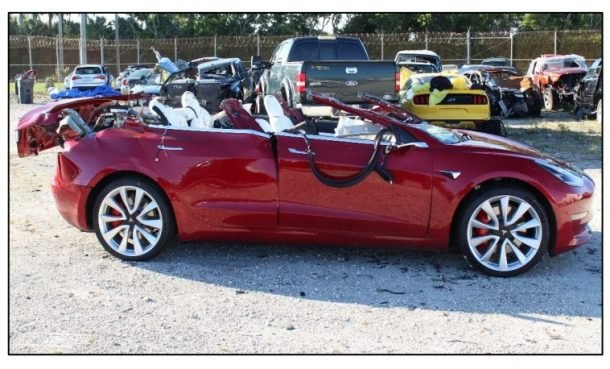















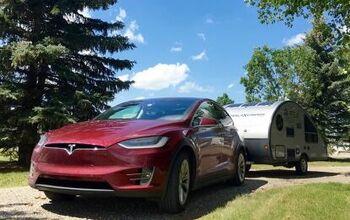
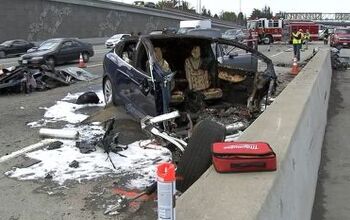
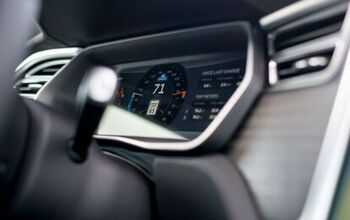
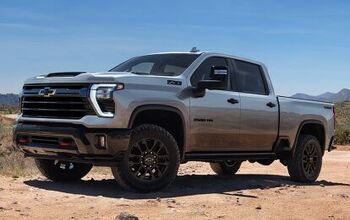
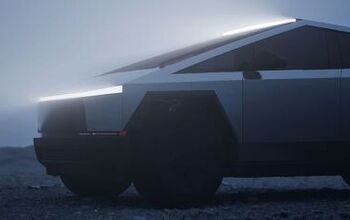

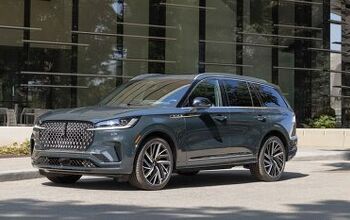
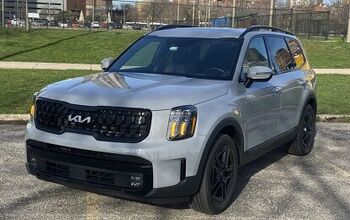
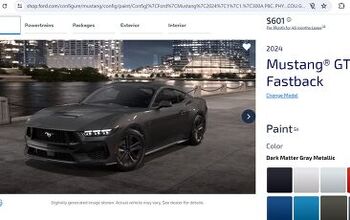
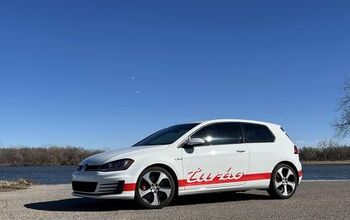
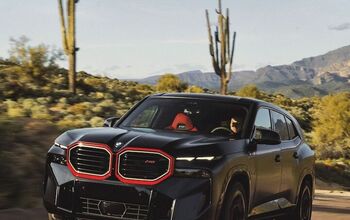
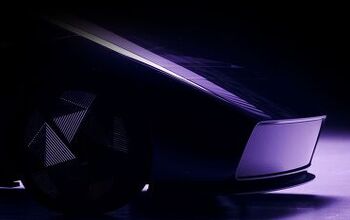
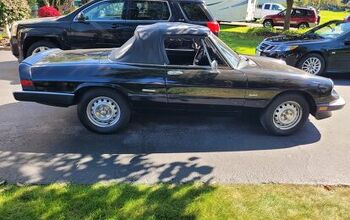
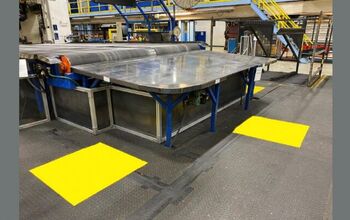
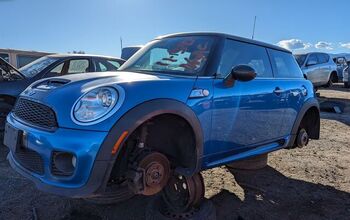
Comments
Join the conversation
Unfortunately, as a Level 2 system it doesn't need to actually work. These accidents will always be driver error.
If I did the math correctly, why would the driver activate AutoPilot a mere 16.6 ft from the other vehicle. Rate of speed = 68mph which would be 1.66 feet/second. At 10 seconds he would have been 16.6 feet away. If that's right (and I'm not sure that it is) maybe the driver figured AP would stop him faster than he could??